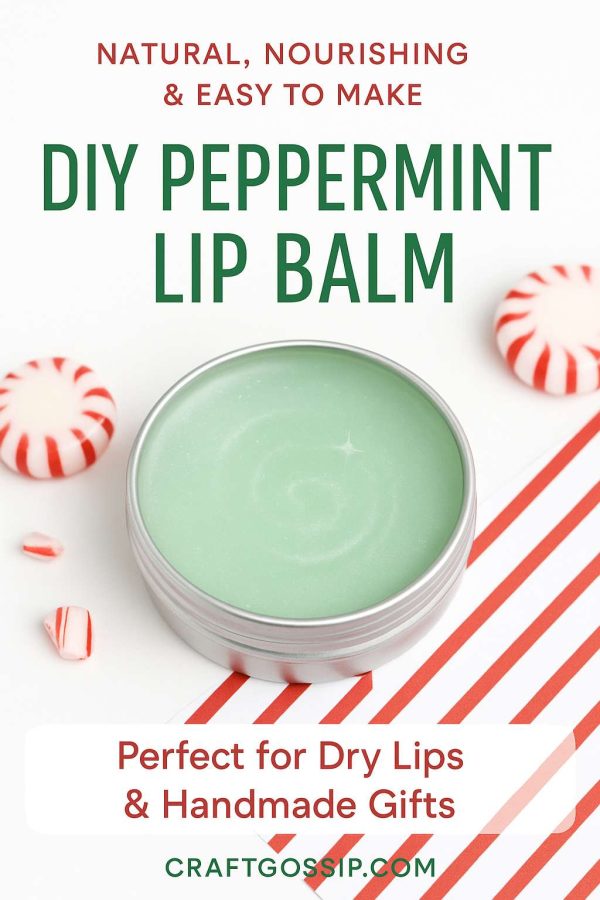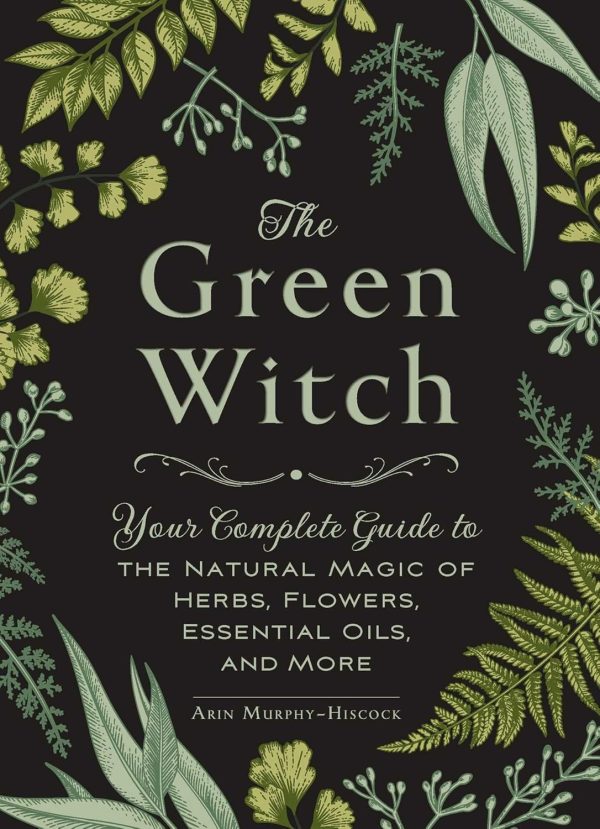
If your lips are dry, cracked, or just plain grumpy, this simple homemade peppermint lip balm is going to be your new go-to. It’s cooling, hydrating, and super easy to whip up in your kitchen—no fancy tools or mysterious ingredients. Just pure, tingly goodness in a tin or tube!
This recipe has been a CraftGossip favorite since 2007, and it’s still just as relevant today. Why? Because it works. It’s natural, effective, and you can tweak it to suit your needs (or your stash of oils and butters).
Whether you’re filling up stockings, making teacher gifts, or just treating yourself, you’ll love how nourishing this balm feels on your lips—and how easy it is to make a whole batch in under 30 minutes.
Why You’ll Love This Peppermint Lip Balm
- Cooling tingle from pure peppermint essential oil
- Beeswax base for long-lasting protection
- Nourishing oils to soften and heal chapped lips
- Customizable – make it vegan or switch up the scent
- Perfect for gifting – add a cute label or tie with twine
Ingredients:
- 2 tablespoons grated beeswax or beeswax pellets
- 2 tablespoons coconut oil
- 2 tablespoons sweet almond oil or olive oil
- 6–10 drops peppermint essential oil (adjust to your tingle preference)
Optional Add-Ins:
- ½ teaspoon shea butter or cocoa butter (extra moisturizing)
- ¼ teaspoon vitamin E oil (extends shelf life + skin healing)
- A pinch of mica powder for a shimmer tint
- A few drops of stevia or honey for a hint of sweetness
Tools:
- Heat-safe bowl or jug
- Saucepan (for double boiler method)
- Lip balm tubes or tins (clean and dry)
- Dropper or small spoon for pouring
Instructions:
- Melt It Down
In a heat-safe bowl, combine the beeswax, coconut oil, and almond oil. Use the double boiler method to gently melt everything until smooth, stirring occasionally. - Add the Goodies
Remove from heat and let it cool slightly (about 1 minute), then stir in the peppermint essential oil and any optional ingredients. - Pour & Set
Carefully pour the mixture into your lip balm containers. (A small funnel or pipette helps avoid messes!) Let them sit at room temp until fully set, about 30–60 minutes. - Label & Store
Pop on a label, decorate, or stash them in a tin. Store in a cool, dry place. Balm will last 6–12 months depending on ingredients.
Tips for Perfect Peppermint Lip Balm:
- Use less peppermint if you’re sensitive to tingling.
- Want it firmer? Add a bit more beeswax.
- Making it vegan? Swap beeswax for candelilla wax.
Gift Idea:
Bundle a peppermint balm with a handmade mug and a hot chocolate mix for a cozy winter gift set. Or tuck a few into a Christmas cracker or holiday card.

Leave a Reply